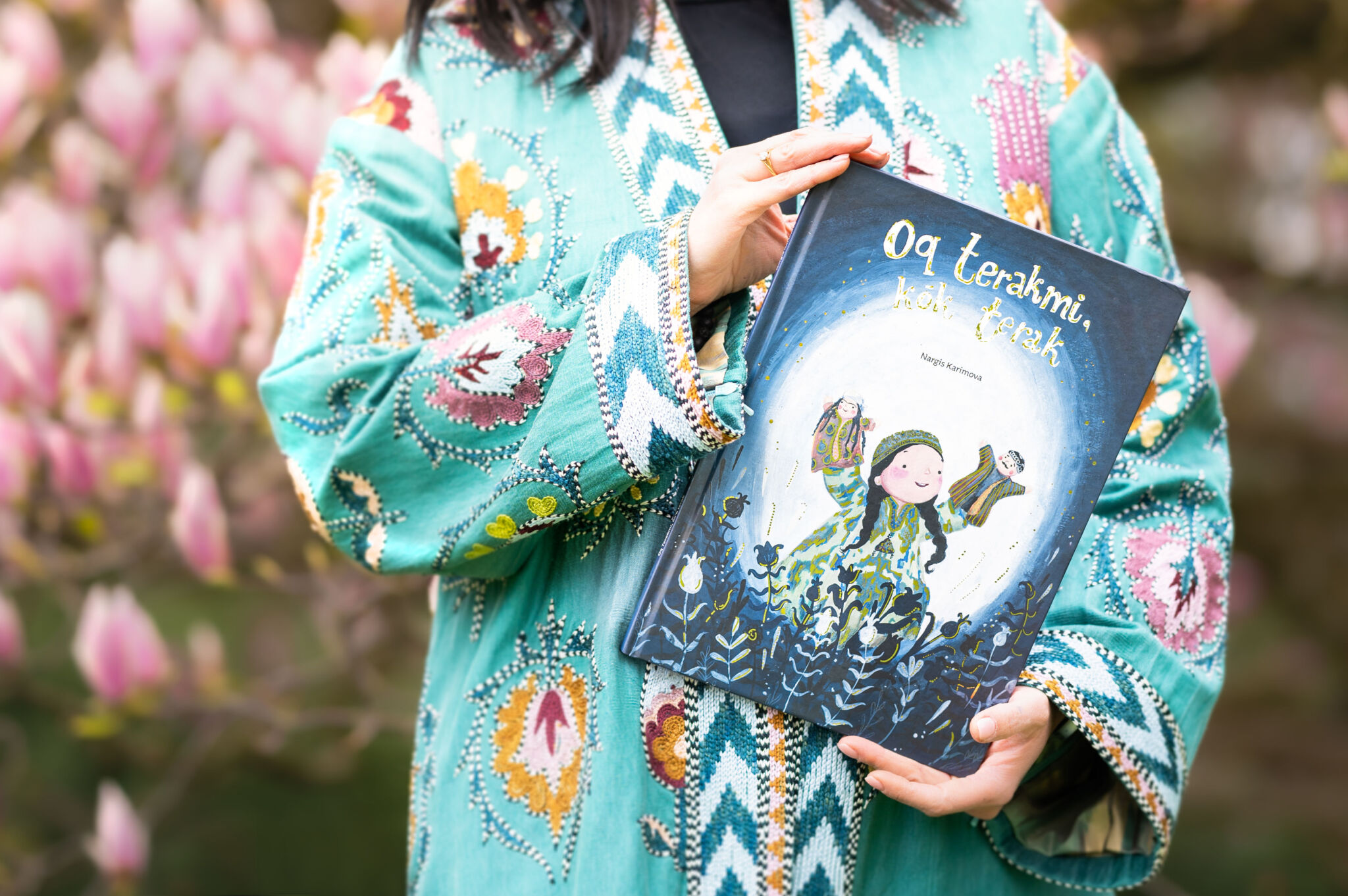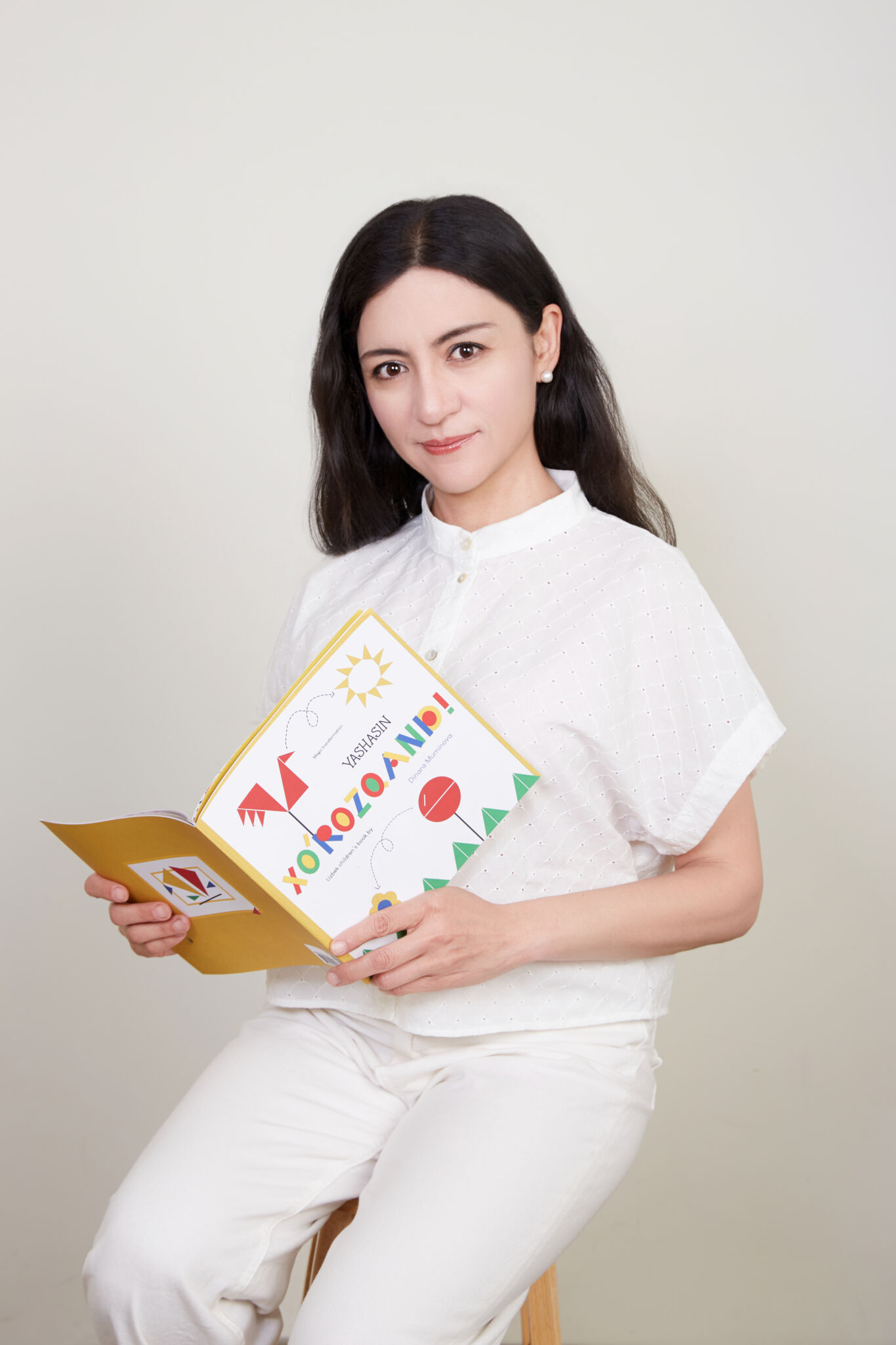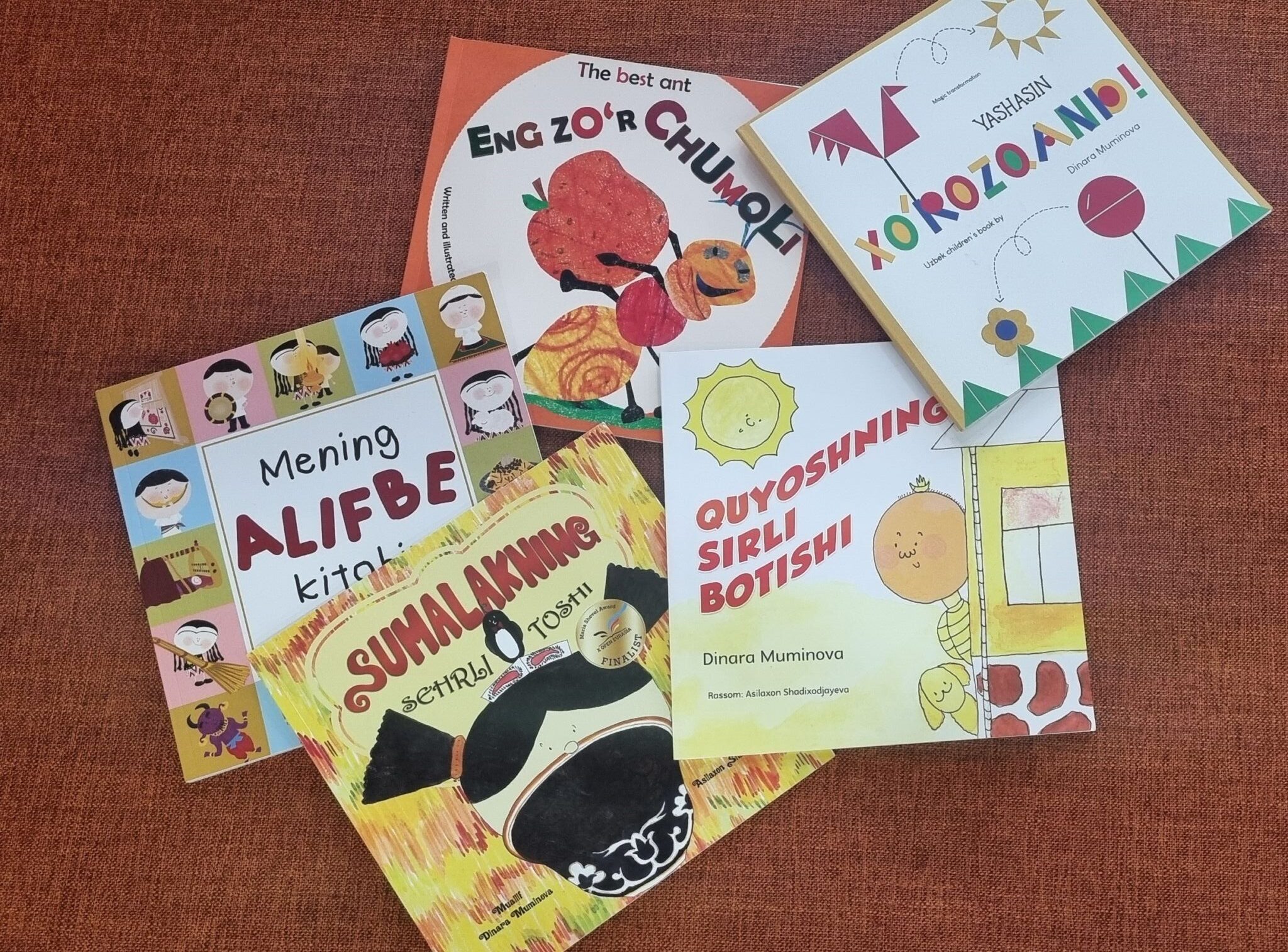How to make a child fall in love with books
Searching for the answer to an important question for many parents

T he heart especially rejoices when the people of Uzbekistan, who have left the country for various reasons, continue not only to radiate their love for their homeland but also to popularize the national language, and convey the values and unique aspects of the Uzbek mentality. Here, we introduce the heroes of our story: Nargis Karimova and Dinara Muminova. These specialists are dedicated to fostering a love of reading among Uzbek children. Some create musical books, others illustrative ones, and some share their experiences through blogs, helping other parents along the way. Let's explore how to instill a love of reading in children.
Children’s illustrator and mother of three, Nargis Karimova, has created a musical book in Uzbek called Oq terakmi ko`k terak. Although she lives in Geneva, she continues to support her native country through her creative work. Her musical book adorns the Children’s Republican Library and introduces young readers to folk songs, fostering a love for the culture.

Photo courtesy of Nargis Karimova
"I think the most crucial element in making a child love books is a reading parent. If a child sees their parent with a book from an early age, they will naturally develop a positive attitude towards reading. For us busy adults, it’s much easier to sit the child down with a gadget to keep them from distracting us from work, household chores, and other important adult tasks. However, if you consistently offer a reading alternative to the child’s request to watch TV or play on a tablet, the child will gradually develop a taste for reading and will love books. Organizing joint trips to libraries and book clubs is also beneficial. And again, the keyword is 'jointly.'
Another effective method is the ritual of reading together before bedtime. Read books snuggled up with your child in a cozy bed. This ritual brings the adult and child closer, offering moments of tenderness, warmth, and peace, leaving pleasant emotions associated with reading," shares Nargis Karimova as a mother.

Unsplash
"For children, a physical book is an important tool for exploring the world, stimulating brain activity, visual, tactile, auditory perception, and even touch. The smell of a new book, the rustling of pages, and the smooth or rough surface—all create a connection with the book even before the child starts reading. A high-quality printed edition is a successful collaboration between a scriptwriter, illustrator, and publisher.
Picture books usually appeal more to preschool and early school-age children than regular books. As a children's illustrator, I pay great attention to the style of illustrations, color schemes, and the embodiment of images that will be understood and accepted by children. Of course, it’s important to stay updated with current trends in the world of children's illustration, but it's also essential to maintain one's own originality, and a recognizable style, and consider the target audience's age. Most importantly, my personal rule is to create children's books with love, so they radiate warmth and love right from the cover, making children want to pick up the book and start looking at the pictures," explains Nargis Karimova as a specialist.

Nargis Karimova’s book Oq terakmi, ko`k terak. Photo courtesy of Nargis Karimova, photographer Daniela Patova
Dinara Muminova, a Doctor of Philosophy in Pedagogical Sciences, researches children's literature and creates teaching aids for early literacy and reading development. She lives in South Korea, where she raises her three children. It is worth mentioning that her love and attention to her children led her to the world of writing. The author’s collection includes more than 10 picture books for preschoolers and older children.
On social media, Dinara is known as a promoter of children's reading. Besides writing, she is founder of project UzBOOKistan for children of Uzbek immigrants.

Dinara Muminova – children's writer Photo courtesy of Dinara Muminova
"My children were born while my husband and I lived in South Korea. Here, the children’s literature industry is very well developed. Thanks to the variety of public libraries, all Korean children have equal access to the best children’s books. Additionally, large grocery stores have sections for children's literature, where you can sit with your child and read a book without buying it.
At 6 months old, my children already had a favorite book—we would eat vegetables and fruits only while looking at it. It was important for my husband and me that our children spoke Uzbek, so we surrounded them with books in their native language. Every night before bed, we read them fairy tales and discussed the characters and plot. As they grew older, we tried to find suitable literature in Uzbek. Today, my children speak the language fluently. Those raising children abroad understand the complexity of this process", shares Dinara Muminova as a mother.

Dinara Muminova’s books
"According to research, knowledge acquired with emotions is considered the most effective and memorable. For a child to love a book, it must evoke these emotions. The book must resonate with the child, reflecting their inner and outer world.
Today, when our children grow up surrounded by gadgets that show everything, it’s hard for them to appreciate a book that describes everything. Therefore, a book must show illustrations for younger children and details for older ones.
The primary purpose of a book is to help the child. It should assist when they feel bad, confused, lonely, bored, or scared. The child must enjoy the book, and only then will they love the reading process", explains Dinara Muminova, a specialist.


